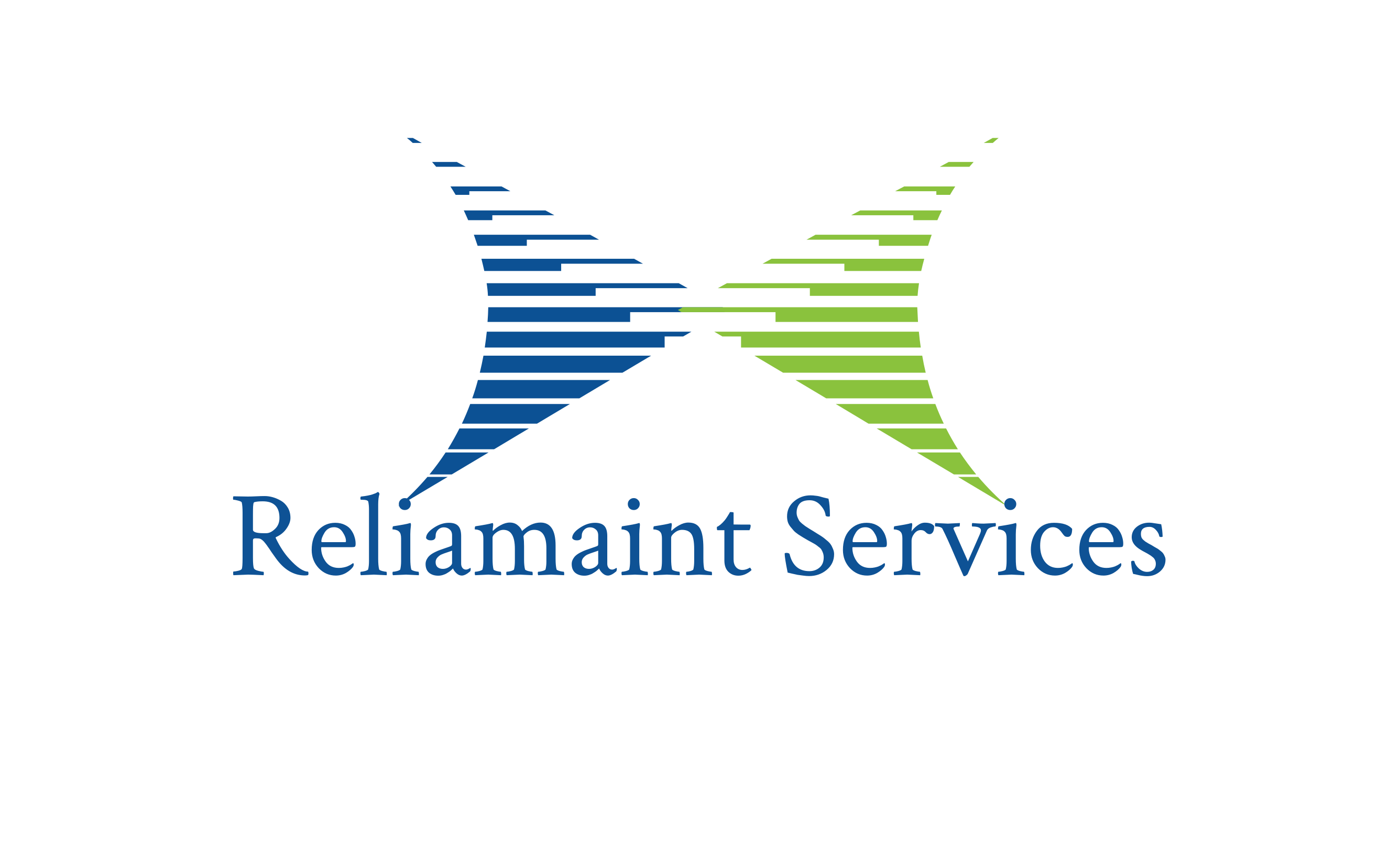Management
Choice Reliability as driver for Plant Maintenance Strategy.html
- 29 Jan. 2025
- 05 min read
Choice Reliability as a Target and Maintenance Strategy Driver
1. Define Reliability Objectives:
- Set Clear Goals: If a manufacturing plant currently experiences an average MTBF of 100 hours for a critical machine, a new goal could be to increase the MTBF to 120 hours over the next year. This goal aligns with the business objective of reducing production downtime.
- Align with Business Goals: For example, a food processing company aims to enhance product quality by reducing contaminants. By focusing on the reliability of sealing machines, they minimize the risk of package failures that could lead to contamination.
2. Implement Reliability-Centered Maintenance (RCM):
- Function and Failure Analysis: An automotive plant analyzes the paint shop's robotic arms to identify critical failure points. They discover that joint wear is a major issue and implement targeted maintenance to address this.
- Maintenance Strategy Development: Based on the analysis, the plant introduces a mix of preventive and predictive maintenance for the robotic arms, scheduling regular lubrication and using vibration sensors to predict joint wear.
3. Emphasize Predictive Maintenance (PdM):
- Condition Monitoring: A wind farm installs vibration sensors on turbine gearboxes to monitor their condition in real-time. When anomalies are detected, maintenance is scheduled before a failure occurs, preventing costly repairs and downtime.
- Data Analytics: The wind farm uses machine learning algorithms to analyze vibration data, predicting potential failures and optimizing maintenance schedules to prevent them.
4. Focus on Root Cause Analysis (RCA):
- Failure Investigation: A pharmaceutical company experiences frequent failures in a tablet press machine. RCA reveals that improper cleaning procedures lead to buildup and malfunctions. They revise the cleaning protocol, significantly reducing failures.
- Continuous Improvement: After implementing the new cleaning protocol, the company tracks performance and finds a 30% reduction in downtime, leading to higher production efficiency.
5. Develop a Reliability Culture:
- Training and Education: A chemical plant invests in a comprehensive training program for its maintenance staff, focusing on reliability principles and best practices. This program includes hands-on workshops and certification courses.
- Leadership Support: Plant managers frequently communicate the importance of reliability at team meetings, aligning maintenance activities with the company's reliability goals and recognizing teams that achieve reliability targets.
Maintenance Management as Execution
1. Preventive Maintenance (PM):
- Scheduling: A hospital uses its CMMS to schedule regular maintenance for MRI machines every 6 months, including calibration and system checks, ensuring they remain operational and safe for patients.
- Standard Procedures: The hospital develops detailed SOPs for each PM task, ensuring that all technicians perform the maintenance activities consistently and thoroughly.
2. Work Order Management:
- Detailed Work Orders: An oil refinery generates work orders for valve inspections that include step-by-step instructions, required tools, safety protocols, and estimated completion time.
- Tracking and Documentation: Technicians use the CMMS to log their progress, noting any issues and the actions taken. This information helps in future maintenance planning and audits.
3. Inventory and Spare Parts Management:
- Stock Optimization: An airline manages its spare parts inventory for jet engines, ensuring that critical components like turbine blades and fuel pumps are always in stock. This minimizes the risk of grounding aircraft due to part shortages.
- Supplier Management: The airline maintains strong relationships with suppliers, ensuring timely delivery of quality parts and negotiating favorable terms to reduce costs.
4. Corrective Maintenance (CM):
- Timely Response: A packaging plant experiences a conveyor belt failure. The CMMS alerts the maintenance team, who quickly diagnose and replace the damaged belt, minimizing production disruption.
- Documentation: The repair is logged in the CMMS, documenting the issue, resolution, and parts used, helping in tracking the reliability of the conveyor system.
5. Condition-Based Maintenance (CBM):
- Real-Time Monitoring: A data center uses temperature sensors to monitor server racks. When temperatures exceed safe levels, the CMMS triggers a maintenance request to check cooling systems before servers overheat.
- Data Integration: The temperature data integrates with the CMMS, allowing for seamless maintenance planning and immediate action based on real-time conditions.
6. Performance Metrics and KPIs:
- Monitoring: A beverage company tracks KPIs like MTBF and MTTR for its bottling line. After implementing a new maintenance strategy, they observe a 15% increase in MTBF and a 10% decrease in MTTR.
- Reporting: Monthly reports generated from the CMMS show these improvements, helping managers make informed decisions about further optimizing maintenance practices.
Integration of Strategy and Execution
1. Alignment of Maintenance Activities with Reliability Goals:
- Strategic Planning: A power plant develops a maintenance plan focused on achieving a reliability target of 98% uptime for its turbines. Maintenance activities are prioritized based on this goal, with critical tasks scheduled during planned downtimes.
- Resource Allocation: The plant allocates more resources to maintaining turbines, including specialized training for technicians and investing in advanced diagnostic tools, ensuring the reliability target is met.
2. Continuous Feedback Loop:
- Performance Reviews: A manufacturing company holds quarterly reviews of its maintenance performance, comparing actual results with reliability targets. They identify areas where goals were not met and adjust strategies accordingly.
- Learning and Adaptation: After each review, the company implements lessons learned from maintenance activities, such as adjusting PM schedules or investing in new PdM technologies, driving continuous improvement in reliability.
About ReliaMaint
Stay tuned to for insights on asset reliability and maintenance management..

Neeraj Kumar
CEO & Co-Founder
Recent Posts
Planning and Scheduling in Equipment Maintenance.
What CEOs Need to Know About Physical Asset Management.
CMMS.. a catalyst for reliability culture
How Data Driven Process of Reliability and Maintenance can enhance Asset Performance.
Categories
Tags
Newsletter
Contact us
Contact us to Know more on these Topics.
Send